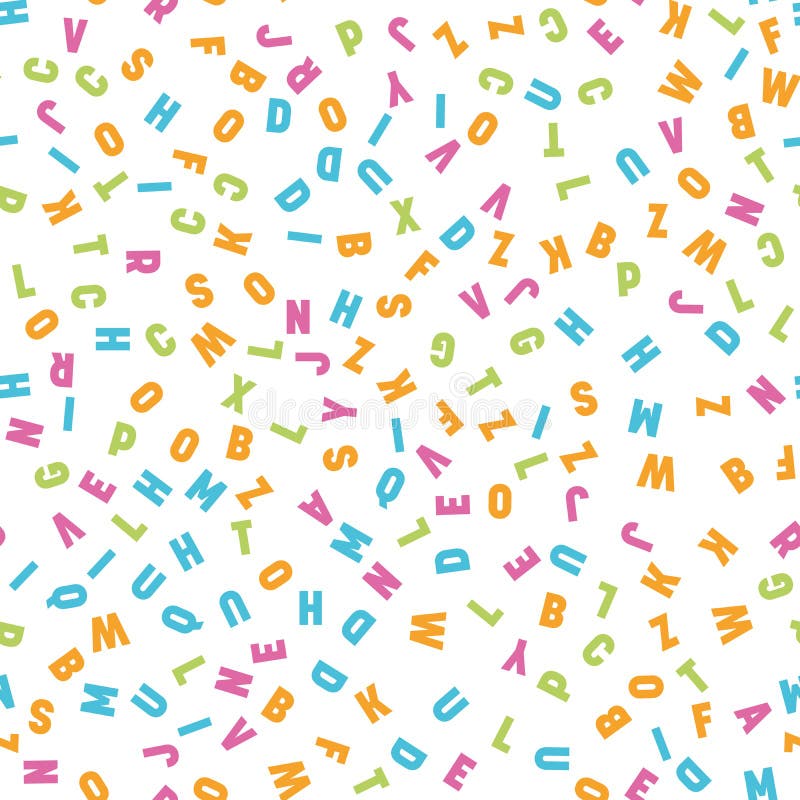

Understanding why and when users move across channels can help you design efficient and streamlined channel transitions. It may begin on the desktop as you select a recipe, then move to the mobile app as you shop the list of ingredients in the store, and finish in the kitchen on a tablet so you can reference the recipe as you cook it. For example, preparing a meal from an online recipe can require multiple channels.

Some activities by nature require users to move across various channels to complete them.

Or you may start to watch a live basketball game on your mobile phone on your commute from work, but, once you get home, you finish it on your desktop computer or large television. If the circumstances are complex and require a lot of explanation, you might choose to call the carrier to continue the discussion over the phone instead of typing a lot of information. Imagine discussing a charge on your mobile phone bill via online chat. Users will often change channels because their activity has become too laborious on the current channel and a different channel appears more effective or efficient.
The task is better suited for another channel. You might continue the registration process on your mobile device while you wait in the parking lot, taking advantage of the fact that your vehicle identification number and license plate are easily available. Imagine you’re in the middle of purchasing a new car-insurance policy on your desktop computer when it’s time to go pick up your child from school. In some situations, users are not able to complete an activity in one go because they are interrupted. There is an external interruption or change in context. Some of the most common reasons why users change channels include: Often users don’t complete an activity in one sitting or through a single channel. Designing for the Entire Journey, Not for a Single Interaction This article discusses why seamlessness is important in the omnichannel experience. Our user research on omnichannel user experience identified five key elements of a usable omnichannel experience: UX failures on any one channel reflect poorly on the experience as a whole. When users engage with an organization through a specific channel, they see it as one of the many interactions that make up their overall user experience with the company. Users interact with companies and organizations through many channels, including the web, mobile and tablet applications, email, kiosks, online chat, and by speaking with customer representatives in physical locations or over the phone.







 0 kommentar(er)
0 kommentar(er)
